5 steps using QR codes to track attendance with Google Forms
- Create your form
- Generate a URL link for the form
- Turn that link into a QR code
- Display the code where attendees can see it
- Collect and manage your attendance data
Taking attendance is a necessary but time-consuming task, whether it’s for an event, a classroom, or a work training seminar. As with most processes, though, there’s a better way to do it than simply jotting down attendee names with pen and paper.
Automating attendance doesn’t require any special skills. You can do it using QR code attendance tracking with Google Forms. Google Forms allows you to create online forms to send to attendees, and they can mark themselves present when they arrive.
But does that mean you’ll be responsible for sending out each and every invitation?
Not if you use QR codes. QR attendance tracking with Google Forms allows you to generate a code that attendees can scan using their smartphones to access your attendance form. Here’s how to do it.

Looking for the best alternative to Google Forms?
Jotform’s full-featured form-building solution is mobile-friendly and has the most integrations in the industry. Use it to collect payments, automate workflows, gather leads, and more.
What are QR codes and how are they used?
QR attendance tracking with Google Forms relies on QR code technology. While this may sound complicated, it’s not really any more complex than your standard grocery store barcode. QR codes are just barcodes that store information horizontally as well as vertically.
Those extra dimensions mean you can pack more information into a QR code than you can in a barcode. What’s more, modern smartphones almost always come with the ability to read these codes as part of the camera function. That’s why so many businesses have turned to QR codes as a cost-effective way to interact with their customers in recent years.
During the COVID pandemic, restaurants had to nix physical menus due to health concerns, so they started using QR codes to give their customers access to their menus without requiring direct contact. All guests had to do was scan a QR code at their table and scroll through the menu on their phones. This strategy was so effective that many restaurants have continued to use it instead of returning to physical menus.
Using the same technology, QR attendance tracking with Google Forms allows you to provide a custom QR code that attendees can scan to directly access an attendance form in seconds, letting them skip the hassle (or health concerns) associated with a physical sign-in sheet.
Whether you’re a teacher taking daily classroom attendance or an event planner checking in registered guests, it’s easy to set up a QR code that links to a Google Form for taking attendance. This saves you the time and hassle of tracking down all participants.
While you’ll need to collect information like names and the date, using a Google Form for attendance also gives you the opportunity to include other elements to welcome and engage participants, like icebreakers, pre-assessment questions, and more.
QR attendance tracking with Google Forms: A step-by-step guide
Now that you understand how you can use QR codes for attendance, here’s how to do it with Google Forms.
1. Create your form
Go to the Google Forms homepage and create a new form. You can choose from some of the templates there or simply craft your own form with fields for contact information like name, email, and ID number.
With Google Forms, each person will be able to submit their answers individually without seeing responses from other participants.

2. Generate a URL link for the form
Once you’ve finalized your form, click the Send button at the top of the form and then the link icon. You’ll automatically get a link that you can copy.


3. Turn that link into a QR code
Find a program that can turn URLs into QR codes. Google Forms has an add-on you can install to do this, or you can search for “free QR code generator” to find a program online. Paste in the URL for your form to generate a code.

4. Display the code where attendees can see it
Now that you have your QR code image, you just need to distribute it to your attendees. You can download the code image and display it on a large screen in the room where you’re holding your event, put it on a sign at the event entrance, or even print handouts to put into swag bags.
5. Collect and manage attendance data in Google Sheets
After you receive your responses, you can easily export the data to Google Sheets. Open your form and go to the Responses tab. Click Link to Sheets. You’ll have the option to either create a new spreadsheet or add the data to an existing spreadsheet, which is helpful if you want to use one form to track attendance over the course of several days.

An alternative to QR code attendance tracking with Google Forms
Services like online form builder Jotform make attractive alternatives to Google Forms if you’d like to use a different platform or want to simplify the process even further. Jotform offers hundreds of form templates you can work from to make attendance tracking even easier.
Whatever the occasion, chances are Jotform has a premade template to fit your needs, from form templates (like student attendance and employee time sheet templates) to spreadsheet templates (like class attendance, employee attendance, and daily attendance table templates) and more.
What’s more, you can use the same steps listed above for Google Forms to track attendance with Jotform — without having to install an add-on or find a third-party QR code generator.
Simply click the Publish tab in the Jotform Form Builder. You’ll see a link to share the form, as well as the option to share the link with a QR code. Click on the QR icon and you’ll see the option to download the image of the code, share the code as a link, or embed it on a website. Jotform even offers a widget that can easily add QR codes in your forms.

Just like Google Forms lets you auto-export data to Google Sheets, Jotform submissions flow automatically to Jotform Tables. Jotform Tables functions as a unified workspace for managing attendance. You can add tabs to see your responses at a glance in charts and graphs and share data with students or colleagues with a click. If you’re keeping track of multiple groups or classes, Jotform Tables can compile data from more than one source into one, simple-to-use workspace.
There’s a reason Jotform is one of the most popular Google Forms alternatives around. Once you’ve mastered attendance, you can also explore how to integrate Jotform forms with Google features like Google Drive and Google Calendar. You can even allow attendees to pay for things using the same form you track attendance with.
However you decide to do it, automating your attendance tracking process can help you save time, stay organized, and focus on creating great events, trainings, and more.














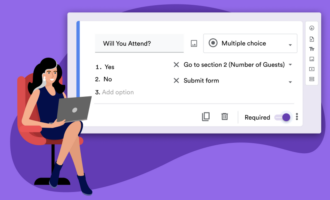

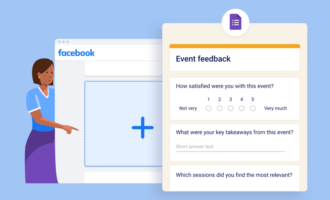


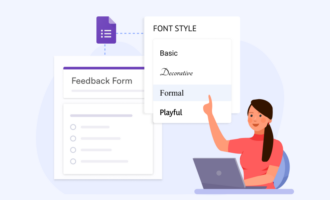
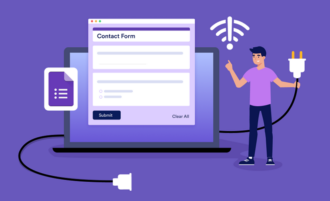


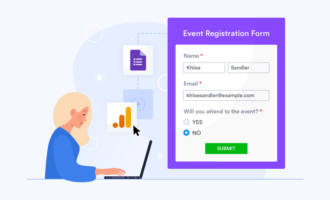

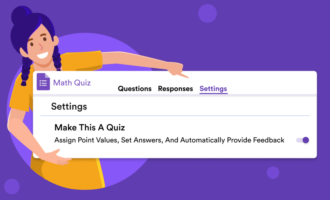


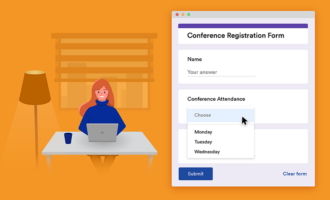
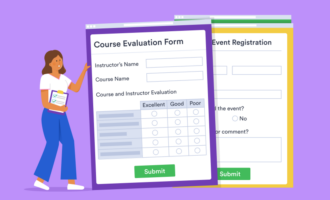
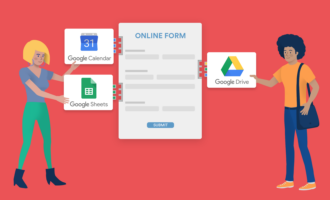

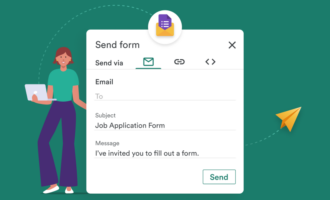















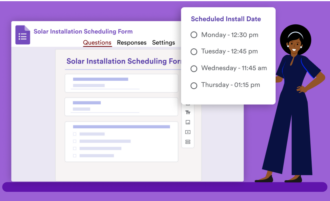

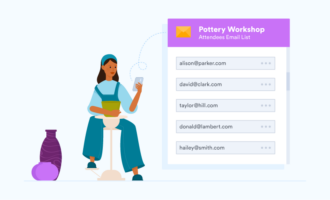
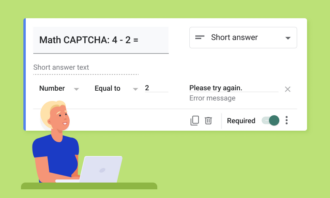

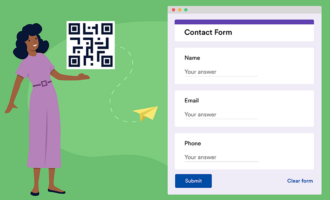



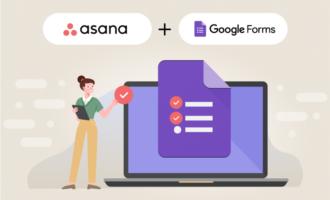

















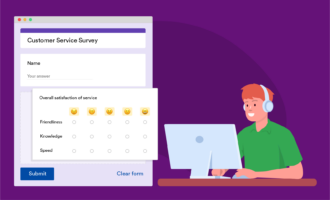





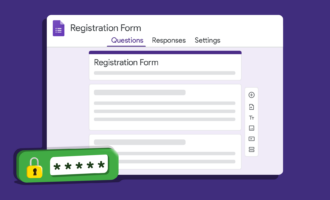

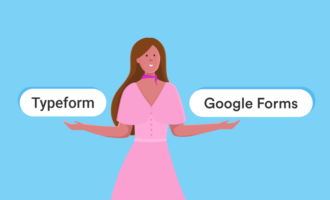

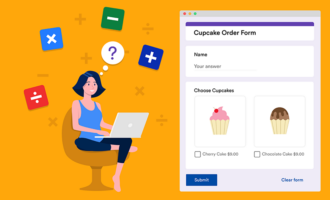

















Send Comment: